Sandy Irvine's Biography
Sandy Irvine was born brave. From his earliest childhood in Birkenhead, where he was born in April 1902 to Willie and Lilian Irvine, he showed no fear as he explored his surroundings with his older brother and sister. Riding a bicycle downhill with his feet on the handlebars, climbing trees or swimming in the rapids in North Wales thrilled him and caused his mother many worries. He had inherited from her an interest in problem solving – she had developed a prototype clothes washing machine before the First World War – and from an early age had a workshop in the garage at 56 Park Road South.
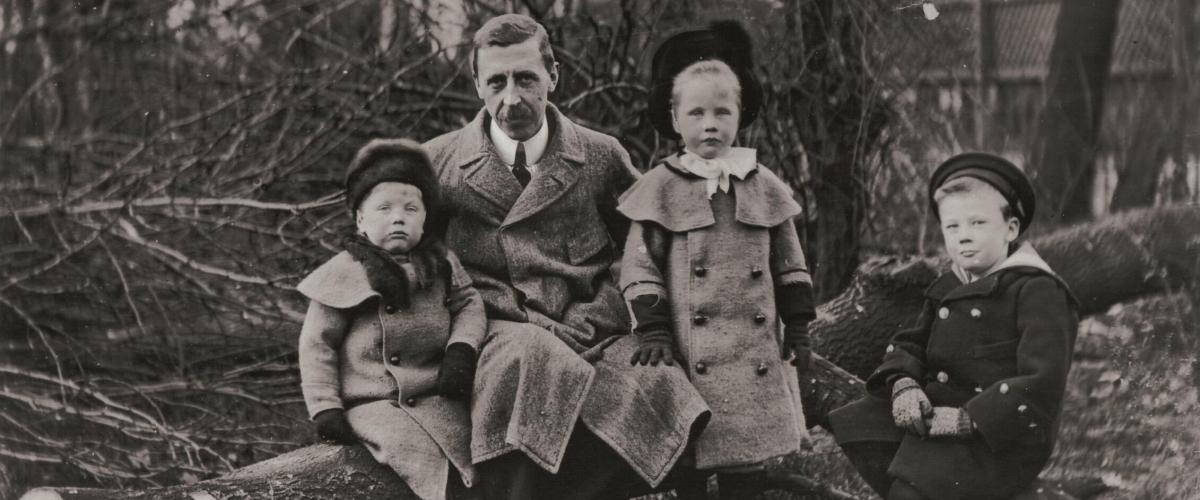
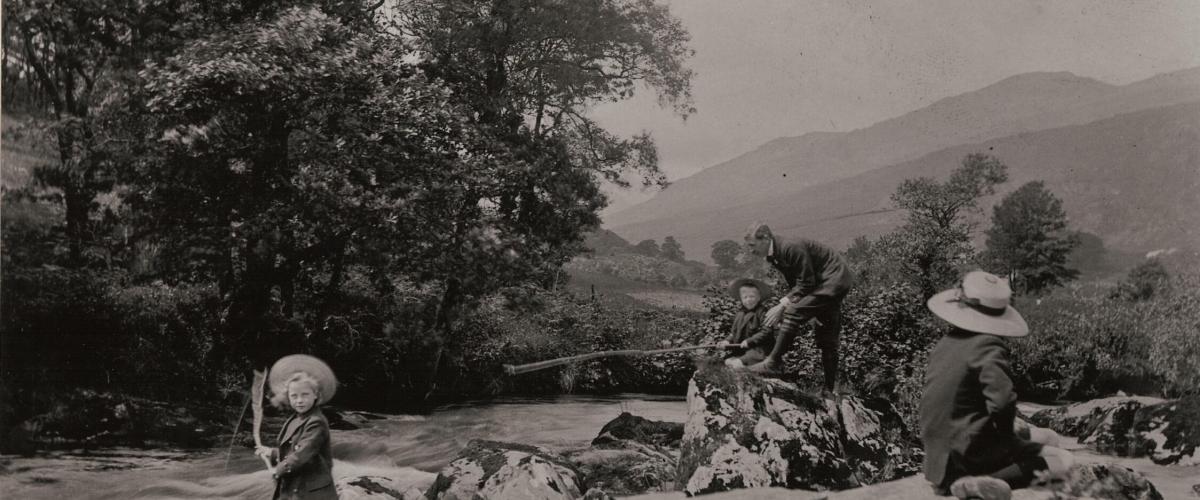
In 1915 he was sent to Shrewsbury School where he excelled at sport and failed to engage academically except in the sciences. It is probable that he was dyslexic. At Shrewsbury the Chemistry assistant, CJ Baker, spotted his abilities and together they worked on an interrupter gear for prop planes and a gyroscopic stabilizer. The designs were sent to the War Office and he was congratulated on his inventiveness. It was in rowing that Sandy Irvine proved himself to be most proficient, gaining a seat in the First Eight when only 15. In 1919 he took part in the Peace Regatta at Henley where Shrewsbury School beat Bedford School in a close race in the final of the Elsenham Cup.
Two years later he applied to study Chemistry at Magdalen College, Oxford, but was turned down. He was sent to a crammer where he retook his Greek and Latin Highers. He passed and was offered a place by Merton College, which he took up in Hilary 1922. Sandy thrived at Merton. He made many friends, not just among the rowing squad and, contrary to his academic record at Shrewsbury, he did well in his chemistry prelims. He rowed for the college and that term was selected to row in the two seat in the Boat Race Crew. Oxford was beaten by Cambridge by 4 ½ lengths in the 74th Boat Race. The following year Oxford prevailed, beating Cambridge by ¾ length. It was the last time they won until 1937. Sandy rowed in the three seat and enjoyed the minor celebrity that followed the win.
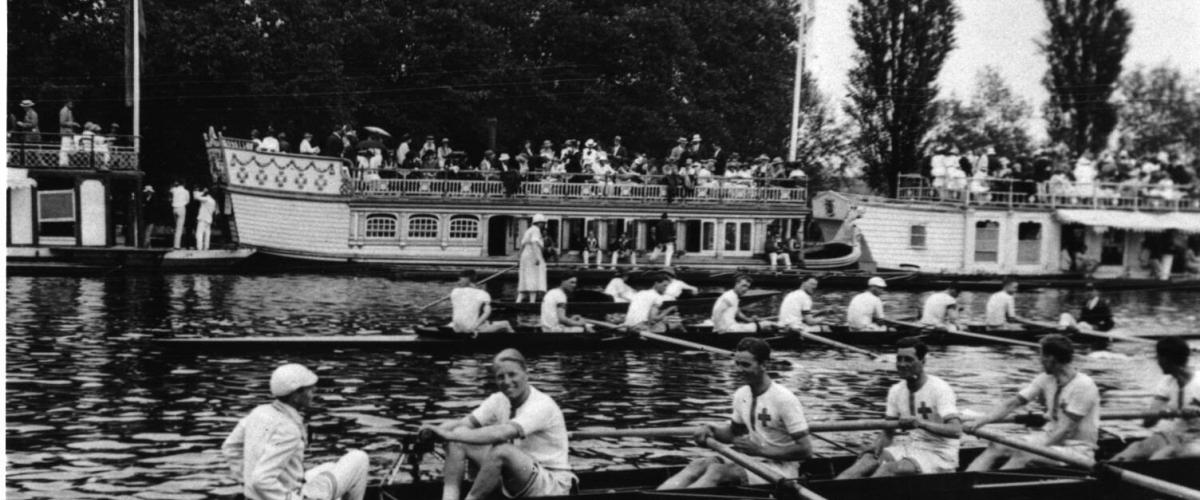
When Sandy Irvine was at Putney training for the 1923 Boat Race, he was approached by a Cambridge Geologist, Captain Noel Odell, who offered him and his Merton friend and fellow oarsman, Geoffrey Milling, a place on a university expedition to the Arctic. The trip was organised by another Mertonian, George Binney. He had recommended the two rowers as strong men who would be an asset to Odell and his companion, R A Fraser, when they undertook the crossing of the island of Spitsbergen. The voyage out began in Newcastle and ended in Tromsø, one of Norway’s most northern cities, where they set off on a whaler for the island.
Odell, who led the expedition, was impressed by Sandy Irvine’s ability to fix any piece of equipment that went wrong or broke, from ski bindings to sled runners, hurricane lamps to tent ropes. He was also encouraged by Sandy’s strength and his tough approach to cold and discomfort. While on the expedition, which crossed the island in just under a month, Odell decided to recommend Sandy Irvine for a place on the 1924 British Mount Everest expedition. In the back of his diary, Sandy made notes for future expeditions including details about ice axes and flowmeters for oxygen sets.
Two months later, when he was back in Oxford, Sandy received an invitation from the Mount Everest Committee to join the 1924 expedition ‘as our splendid experiment’ as leader General Bruce described him. From then until February 1924 Sandy’s life was filled with feverish activity. Odell had recommended him not only as physically strong but also gifted with equipment. He was made oxygen officer despite the fact he was only 21. Throughout the autumn he worked on the oxygen apparatus supplied to the 1922 expedition by Siebe Gorman. He found the design fragile, heavy and difficult to use. His redesign involved inverting the cylinders to get rid of unnecessary pipework and reducing the weight of the set from 35lbs to 24lbs.
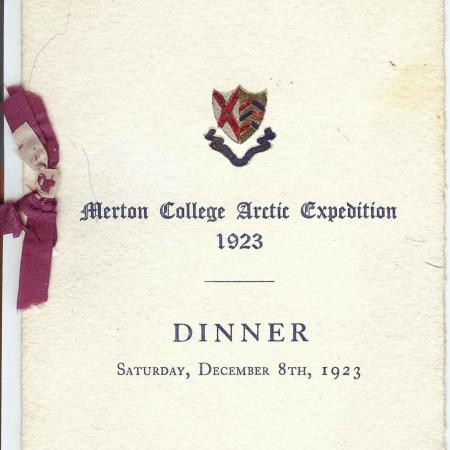
The sets and drawings were sent back to Siebe Gorman who dismissed them and sent out the 1922 sets, as Sandy was to discover to his annoyance when he saw them in Calcutta. He, Everest legend George Mallory, Bentley Beetham and FJ de Hazard had sailed from Liverpool on 29 February 1924, arriving in Mumbai (then Bombay) three weeks later. From there they travelled to Darjeeling where they met the rest of the expedition, including Odell, who had come from Persia. A six-week trek through Sikkim and out onto the Tibetan plateau saw Sandy reworking the oxygen sets to his revised design. On 26 April 1924 the eight expedition members and their caravan of some 100 porters arrived at Pang La pass, where they saw Mount Everest for the first time. A week later they arrived at Base Camp where they began the long process of carrying loads up the mountain to form camps 1, 2, 3, 4 and eventually two temporary camps, 5 and 6.
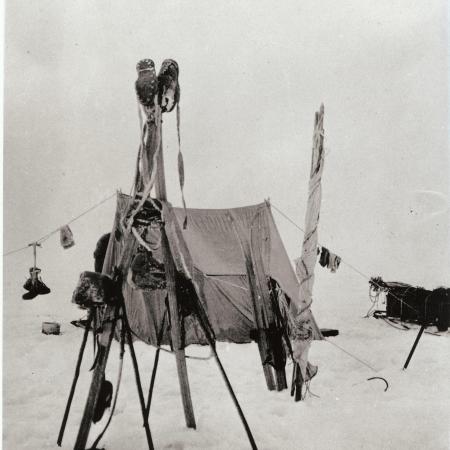
Sandy Irvine was partnered with George Mallory as a climbing pair using oxygen from mid-April, but it was only after two failed attempts to reach the summit in early June that they made their fateful climb. Leaving camp 4 on 6 June 1924 they reached their high camp the afternoon of the following day. Shortly after midday on 8 June Noel Odell, climbing in support, saw the two men at the bottom of a steep rock step, close to the summit. A moment later a cloud descended and when it lifted the men had disappeared. They were never seen alive again. Sandy Irvine’s disappearance has been the subject of a century of speculation. The discovery of Mallory’s frozen body in May 1999 did nothing to help explain what happened to the two men so close to the summit of the highest mountain on earth.